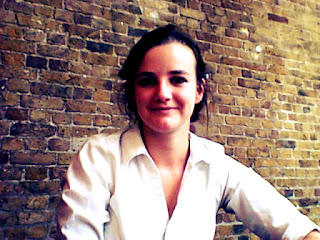What holds the world together? It sounds like a simple question - but it isn’t.We know of four fundamental forces of nature that seem to be doing the job, but have only found three exchange carrier particles (particles which give rise to the forces between other particles). Physicists like symmetry, and we like to think that the universe does too. Faced with the scenario of more forces than carriers, it is natural for a physicist to assume we’re missing one.
So far, we have found photons, which carry the electromagnetic force (which describes the interactions between charged particles); W and Z bosons, which carry the weak nuclear force (responsible for radioactive decay); and gluons, which carry the strong nuclear force (which holds the nuclei of atoms together). But what about gravity?
This idea is summarised nicely in an article by science writer Brian Koberlein:
However, this approach encounters some problems when tackling gravity. General relativity tells us that that gravity and the curvature of spacetime are intricately linked. As matter travels through spacetime it causes spacetime to curve around it, and as spacetime curves, this tells matter where to move. It is this motion, caused by the curvature of spacetime, that can be considered ‘gravitation’ [8].
So far, we have found photons, which carry the electromagnetic force (which describes the interactions between charged particles); W and Z bosons, which carry the weak nuclear force (responsible for radioactive decay); and gluons, which carry the strong nuclear force (which holds the nuclei of atoms together). But what about gravity?
 |
| Not all types of elementary particles interact with all other types, and only some fundamental particles interact with particles of the same type. For example, photons do not (directly) interact with other photons, or with gluons. Image credit: Public domain |
This idea is summarised nicely in an article by science writer Brian Koberlein:
in quantum field theory … [you] start with a wave form and then ‘quantize’ it, you break the wave down into the smallest amounts of it that can exist (for example, photons are quanta of light). This has been used with photons, and doing so with gravitational waves leads to the idea of gravitons.
However, this approach encounters some problems when tackling gravity. General relativity tells us that that gravity and the curvature of spacetime are intricately linked. As matter travels through spacetime it causes spacetime to curve around it, and as spacetime curves, this tells matter where to move. It is this motion, caused by the curvature of spacetime, that can be considered ‘gravitation’ [8].




![Solar photovoltaics and concentrated solar power contribute 16 and 11 percent to global overall consumption, respectively. [3] Electrical apprentice Eric Penel works on the solar reference array, which has been installed on the roof of the Shaw Theatre at NAIT's Main Campus in Edmonton.](https://blogger.googleusercontent.com/img/b/R29vZ2xl/AVvXsEjRquOYN5aUEOVLcLiIe9yu5d5mc9Pd4Hzi8hZZKDXA9QKJwh6DIYb4qoNEdm3cdPcAzAy7PA-JaRvCQbJuMQqgSfXA6PKFXSCNXjPjyVVbyYW3lct7aH4ASsfmcsx_bidn8HIdQzu5knc/s640/NAIT+solar+reference+array.jpg)










